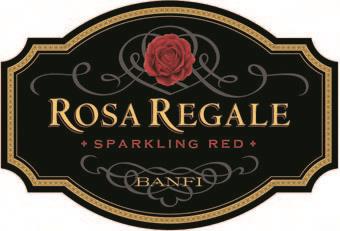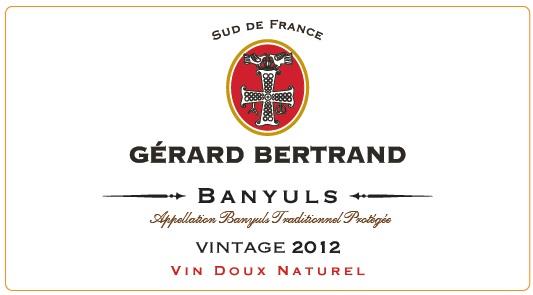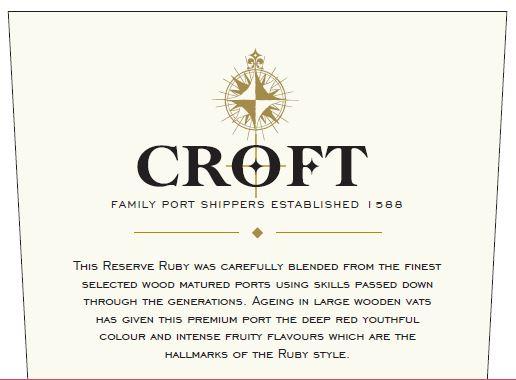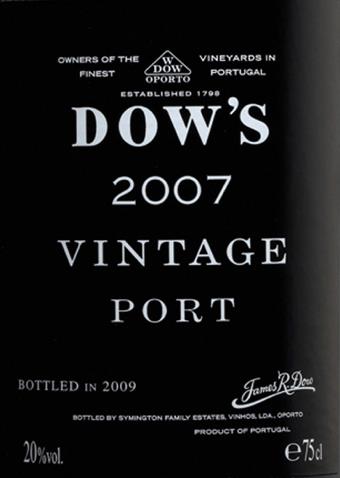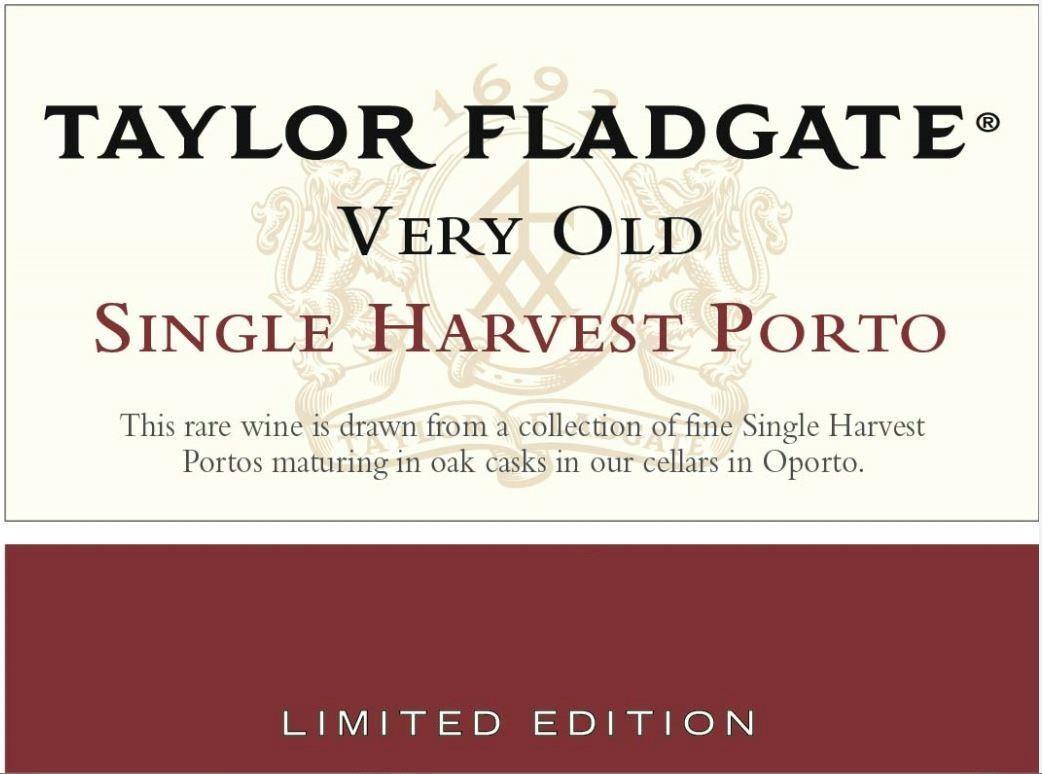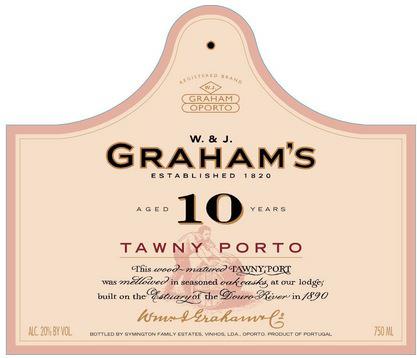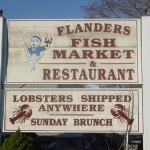Drinking Among the Chaos
You haven't heard from me in over a week. Life has dealt me plenty of projects, runny noses, and baby sleep transitions so I have just been trying to sort through all of the chaos. This also means there hasn't been much time for drinking. While that's great for my liver, it's not so great for my ability to share new beverages, but such is life.
Notice how I said "much" time. After all, I'm still a professional with a job to do. You need to know what to enjoy when you are going through the same thing. You work your tails off all week long, and sometimes at the end of the night you just want to grab a glass of wine to enjoy without really thinking much about it. I know when I get into this kind of a mood, my only requirement is that it simply tastes good. I don't need some long, complex finish that I need to analyze to death. I'm not looking for subtlety and nuance. Just give me a good, straightforward wine.
So for these moments when we haven't had time to connect due to all of our commitments (and my brain has temporarily turned to mush), let's do a flight of three wines that are satisfying at any time...and they won't cost you an arm and a leg.
I'll be back soon, ready to chat like a grown-up again soon enough after my upcoming trip to the Michael Skurnik Wines Grand Portfolio Tasting in NYC. Enjoy!
Parolvini Barone Nero Veneto Red Blend ($11): The Barone Nero is a blend of Cabernet Sauvignon, Malbec (rare to find in Italy), and Refosco (a popular violet-scented northern Italian grape). This unusual combo yields a wine with lots of dark fruit and gentle tannins. Great with a sausage and pepper sandwich.
Claar Cellars Cabernet-Merlot White Bluff ($16): 60% Cabernet, 40% Merlot, 100% from Columbia Valley, Washington. Bright and ripe cherry, berry, and black plum fruit with a touch of cocoa. Full body, soft tannins, and the right amount of acidity to balance the wine. Delicious and easy-drinking.
St. Hallett "Faith" Barossa Shiraz ($15): Australia deserves a little love. After the "critter" wines infiltrated the U.S. market, we wrongfully stopped taking the wines seriously. What better way to get reacquainted with Aussie Shiraz with the St. Hallett...it has the blackberry jam, prune, and peppery spice that is widely associated with the Shiraz grape. Grab a bacon cheeseburger and get drinking!











